It’s coming. The showdown between the big six teams competing in the Defense Advanced Research Projects Agency (DARPA) Robotics Challenge 2013 Trials.
According to DARPA, “The DRC is a competition of robot systems and software teams vying to develop robots capable of assisting humans in responding to natural and man-made disasters.”
In other words, the winner could be the robot that one day pulls you from the rubble of some disaster.
The six Track A teams competing Dec. 20-21 are vying for continued DARPA funding in 2014 and a spot in next year’s final competition, where one team will win $2 million in funding.
Here are the Track A robots featured in the video above.
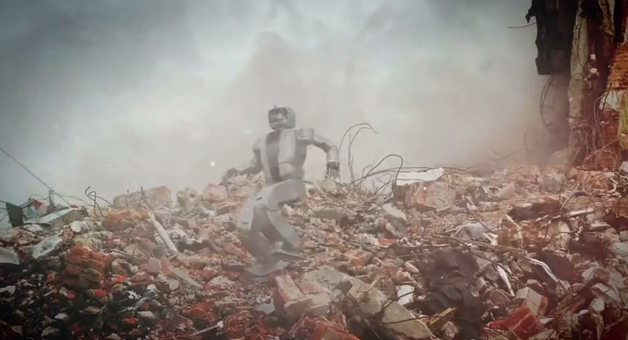
Photo via DRC-Hubo/YouTube
The DRC-Hubo’s team robot rescuer focuses on a “mature, open-architecture, bipedal robot called Hubo.” They’re hoping their vision of disaster response will be realized by 2020.
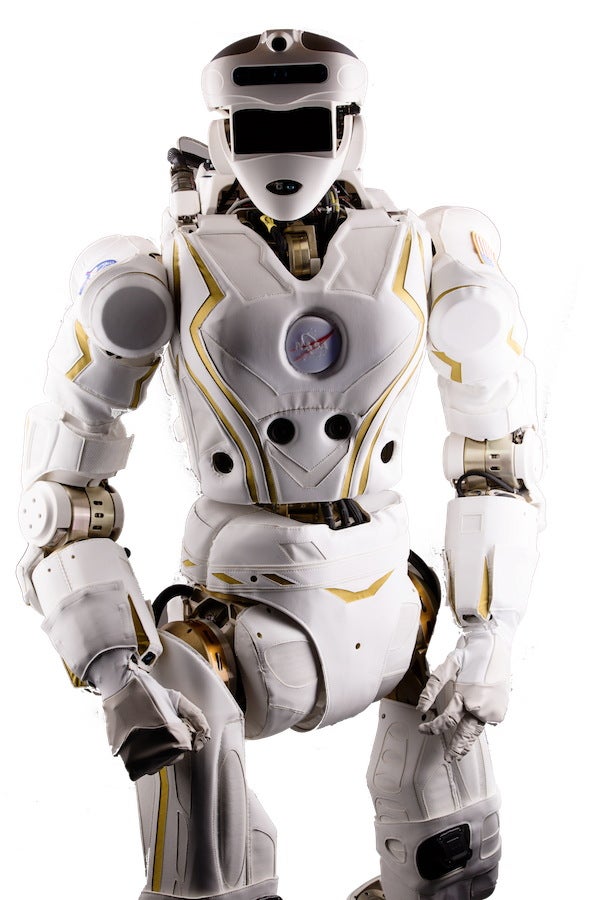
Photo via NASA JSC
In what already wins as the absolute most badass-looking robot, NASA Johnson Space Center’s next-generation humanoid robot aims to be “capable of performing dynamic, dexterous and perception-intensive tasks in a variety of scenarios.” They have the benefit of looking back at successful practices they learned while developing the Robonaut.
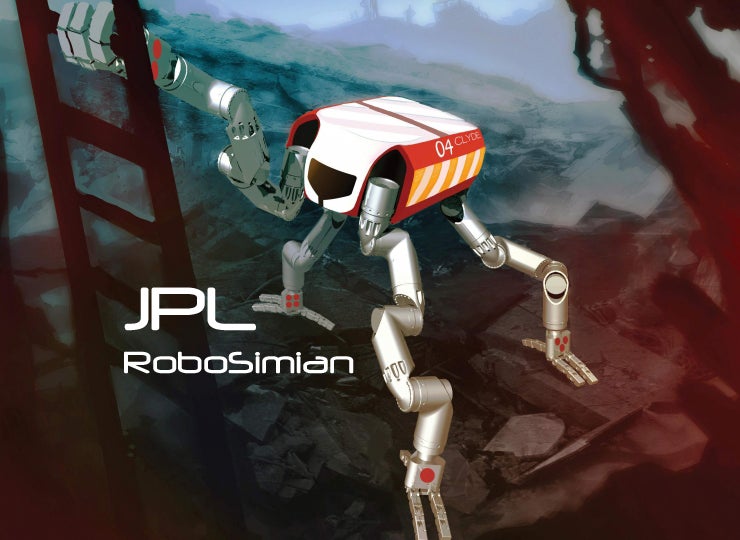
Photo via NASA JPL
NASA Jet Propulsion Labs’ RoboSimian is “a simian-inspired, limbed robot that will use deliberate and stable operations to complete challenging tasks under supervised teleoperation.” Teleportation? Don’t think Star Trek here… This bot is will “use its four general-purpose limbs and hands, capable of both mobility and manipulation, to achieve passively stable stances, create multi-point anchored connections to supports such as ladders, railings and stair treads, and brace itself during forceful manipulation operations.”
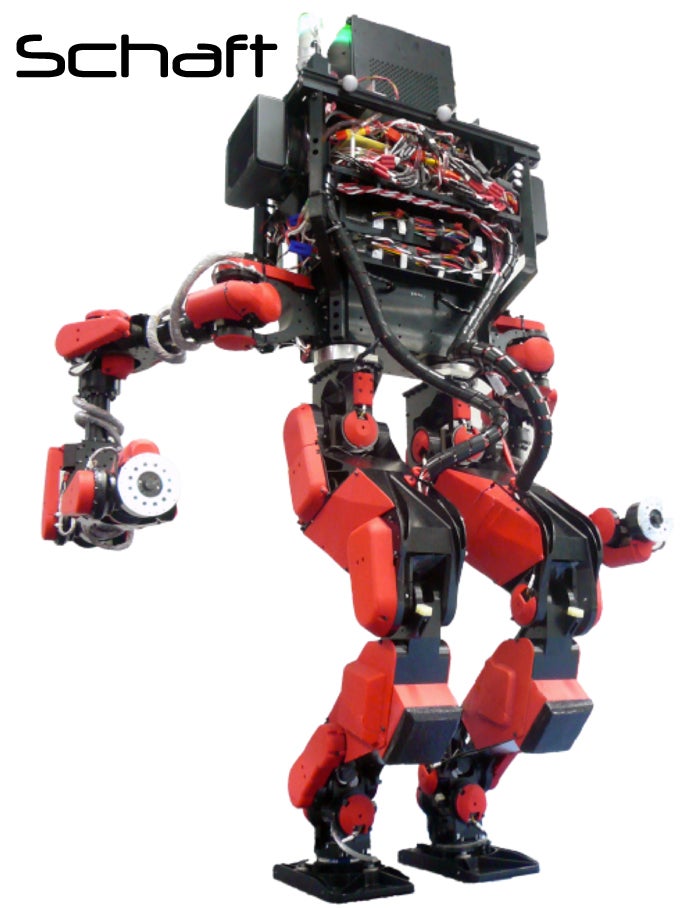
Photo via SCHAFT Inc.
Aside from having the coolest name that sounds like a ‘70s blaxploitation movie title, SCHAFT Inc.’s bipedal robot is run by three teams that execute different tasks in hardware design, scenario testing, and software integration. SCHAFT! He’s a mother… shut yo’ mouth.
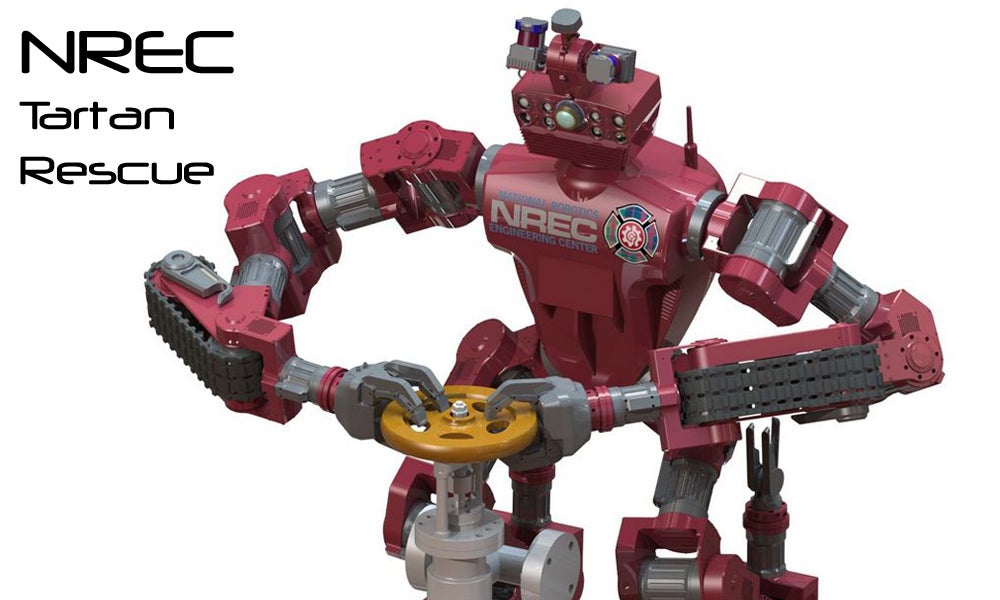
Photo via NREC
Carnegie Mellon University-NREC’s robot is the CMU Highly Intelligent Mobile Platform (CHIMP), and it ain’t no chump. It’s been designed to execute complex tasks in dangerous, degraded, human-engineered environments. Once all is said and done, CHIMP will have “near-human form factor, work-envelope, strength and dexterity to work effectively in such environments, yet avoid the need for complex control by maintaining static rather than dynamic stability.”
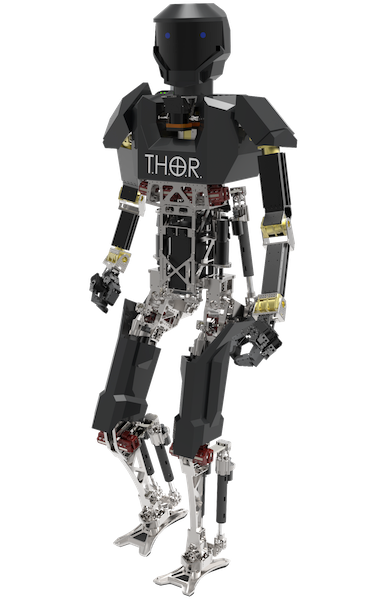
Photo via Team Thor
It may not have a magic hammer, but Team THOR’s Tactical Hazardous Operations Robot (THOR) boasts of being “state-of-the-art, light, agile and resilient with perception, planning and human interface technology that infers a human operator’s intent, allowing seamless, intuitive control across the autonomy spectrum.”


